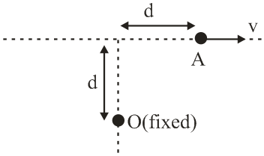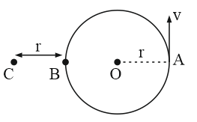A particle moves in a circle of radius at a speed given by, , where is in and is in seconds.
(a) Find the tangential acceleration at .
(b) Find total acceleration at .
Important Questions on Circular Motion
A particle moves with a constant speed in a curve as shown in the figure. Discuss the variation of magnitude of normal acceleration with time and distance.
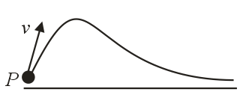
A particle is projected with velocity at an angle with the horizontal.
(i) Find the tangential and normal acceleration of the particle at and at highest point of its trajectory.
(ii) Find the radius of curvature.
(a) at
(b) at highest position
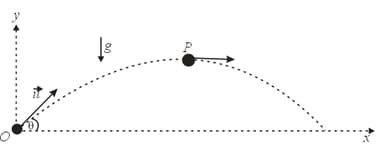
A particle is projected with velocity at an angle with the horizontal. Find the radius of curvature where its line of motion makes an angle with horizontal.

A particle is moving with constant speed in a circle as shown in figure. Find the angular velocity of the particle with respect to fixed points and if angular velocity with respect to is
Particles and move with constant and equal speeds in a circle as shown in figure. Find the angular velocity of the particle with respect to , if the angular velocity of particle with respect to is
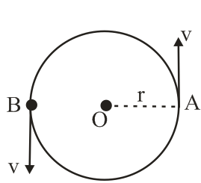
Find the angular velocity of with respect to at the instant shown in figure.
